Geology Reference
In-Depth Information
Chapter 15
Catch a Wave: The Evolution
of Shorelines
In This Chapter
Learning the language of waves
Watching water shape the shoreline
Distinguishing primary and secondary coastlines
Along the edges of continents, rocks meet water. In most of those places, called
coasts,
the water of the ocean is moving and through its movement changes the shape and char-
acteristics of the shoreline.
In this chapter, I describe waves, wave motion, and the features created by the erosion
and deposition of sediments along continental coastlines.
Breaking Free: Waves and Wave Motion
In order to accurately describe, record, and study ocean waves, scientists have defined
and named different parts of a wave of water. In this section, I explain the parts of a wave
and describe how waves roll across the ocean toward shore.
Dissecting wave anatomy
Waves are created when wind blows across the surface of water, pushing the water up in-
to
crests.
Figure 15-1 illustrates the crest of a wave, as well as the low
troughs
in between
each crest. These features are used to measure the wave height and length and to calcu-
late its period and velocity. These wave features are defined here and illustrated in Figure
15-1.


